AH HAH!
Of course, since this started in a log at #Random Ridiculosities and Experiments , the photos posted there do not show up in the "gallery" here. So, here those are. And I might use this as a place for more in the future. Though, I've had difficulty with editting past logs with lots of photos, losing old ones in the process.
So, again, after this is done, *all* the photos from all the logs in this project will be available in the gallery, albeit not in any particular preferable order.

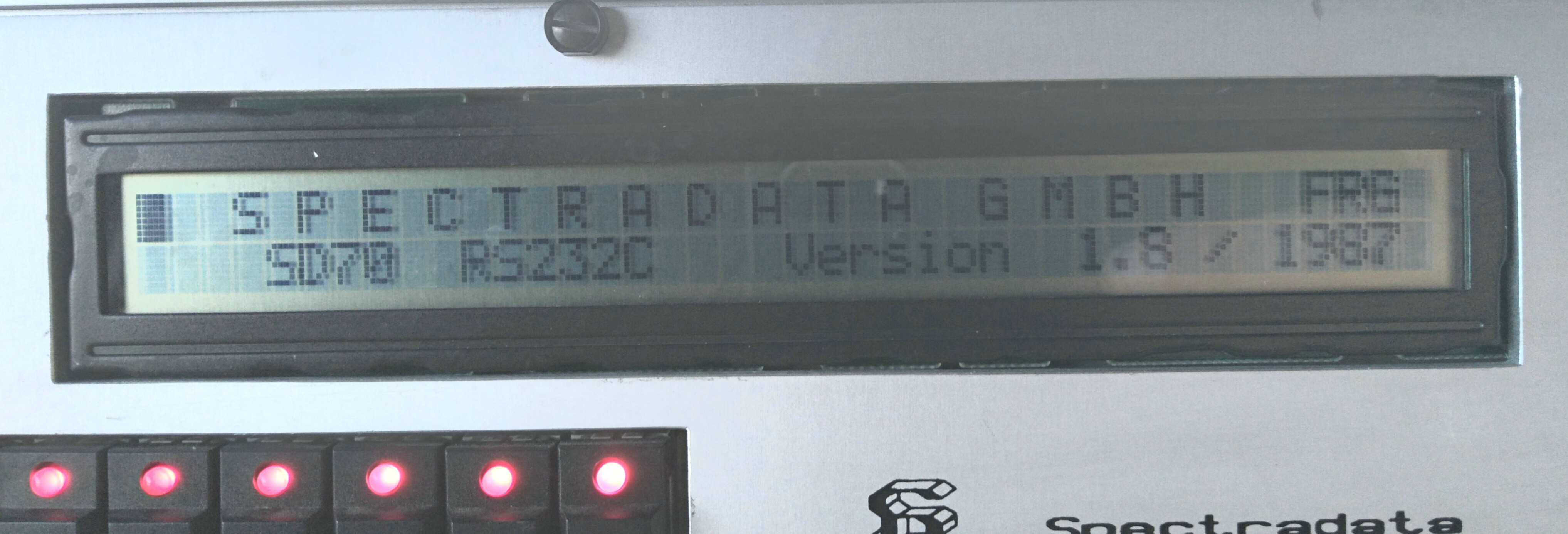
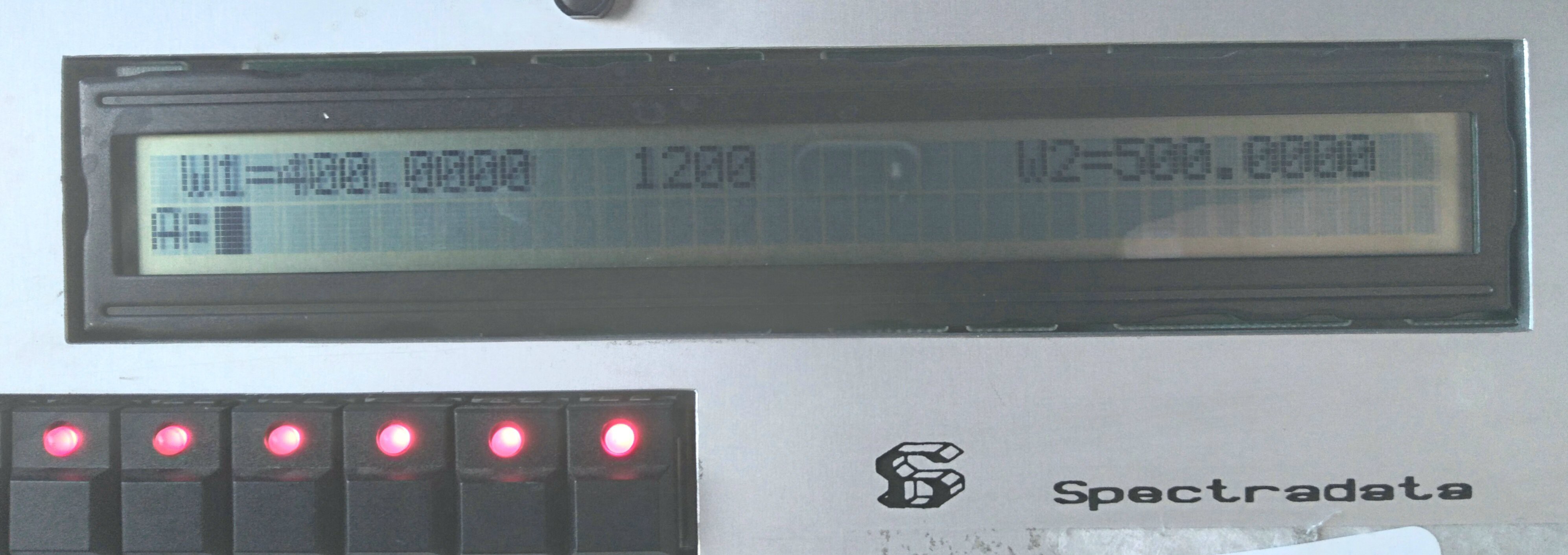

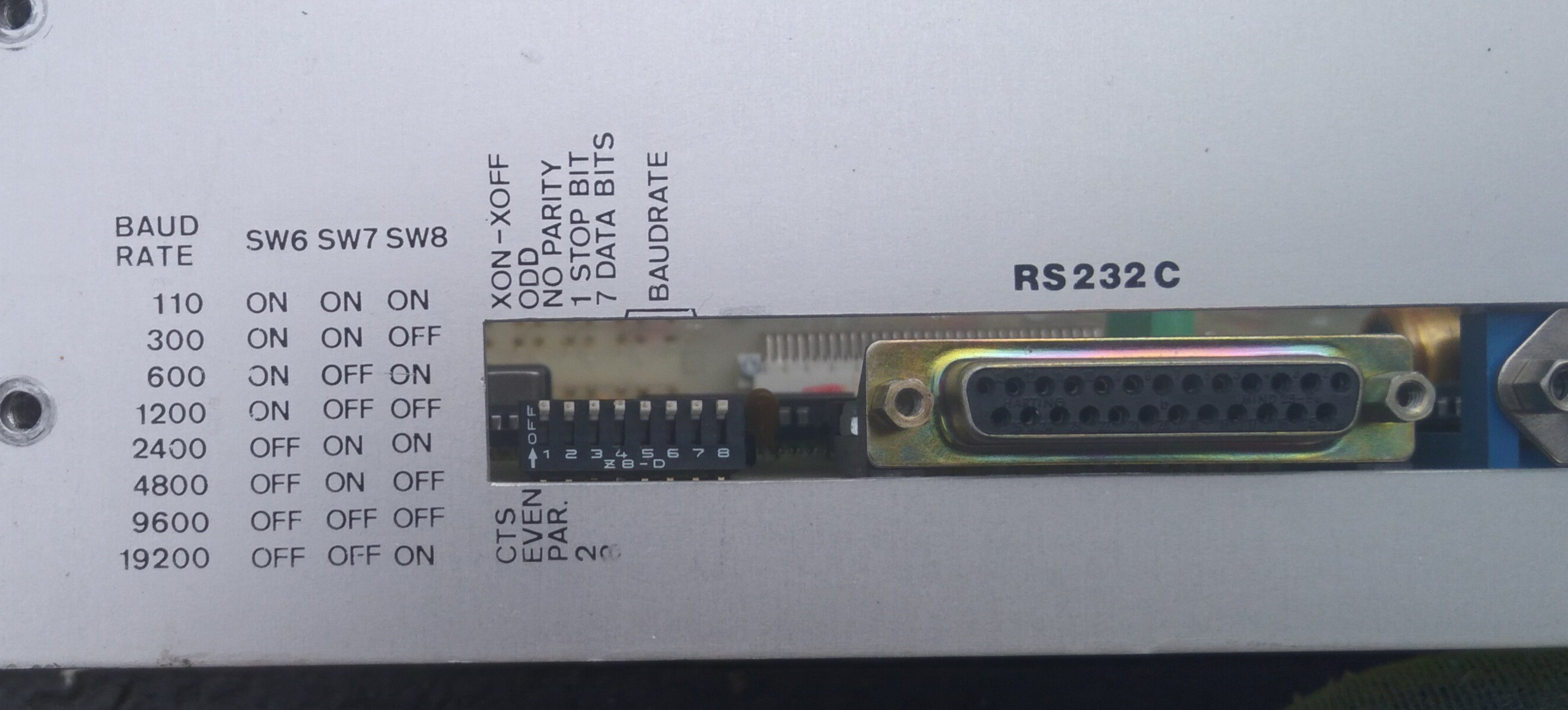

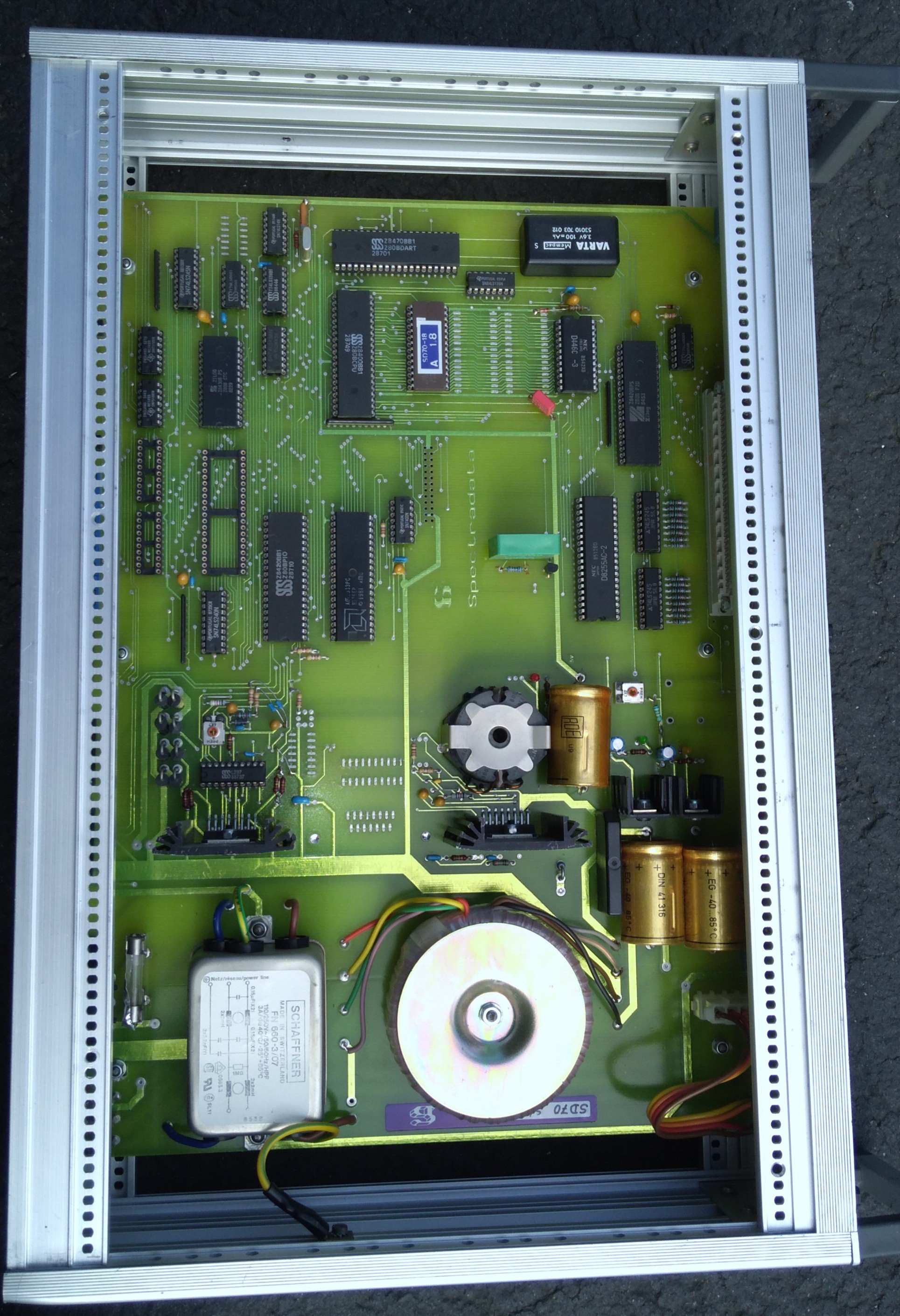
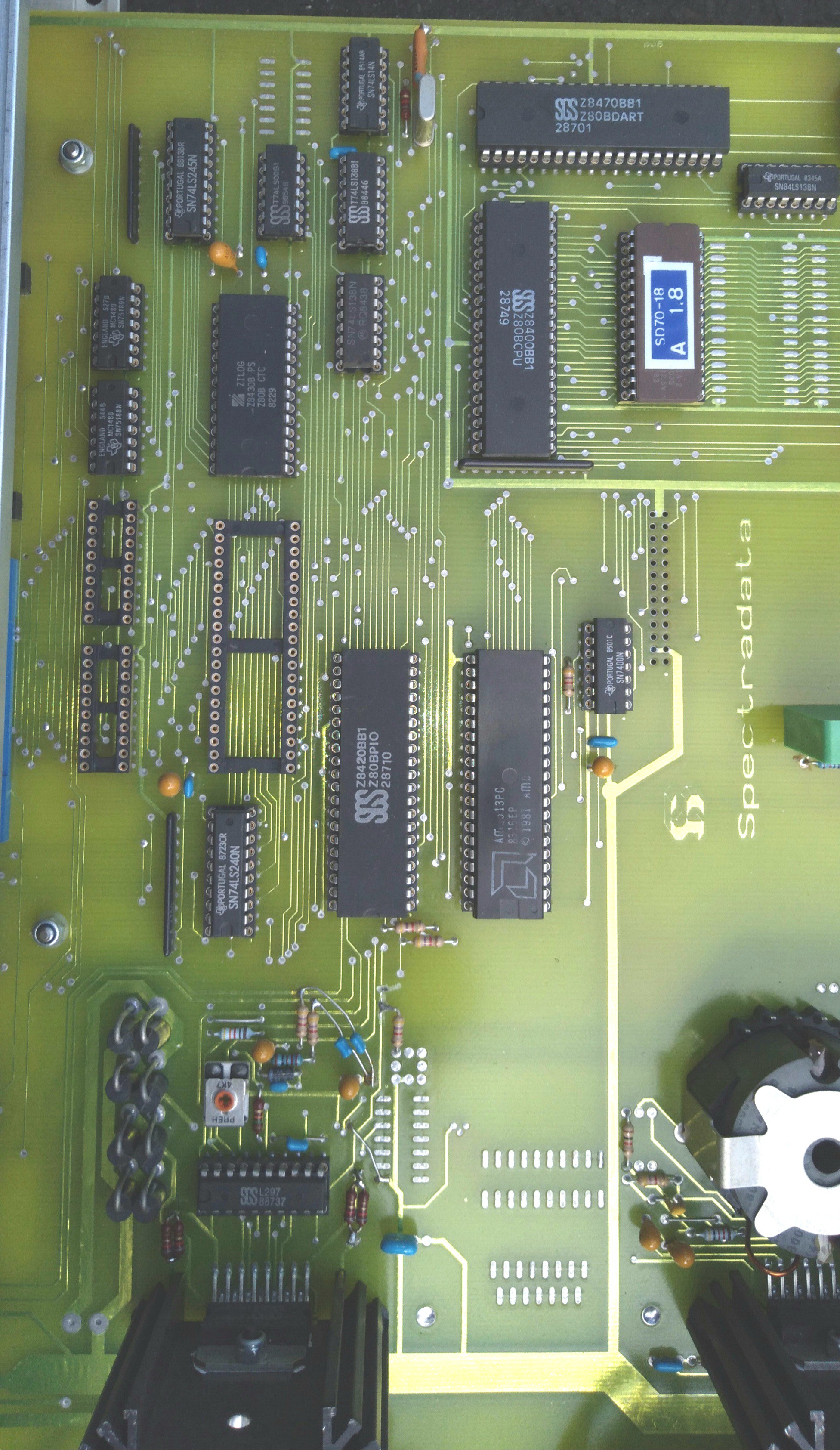
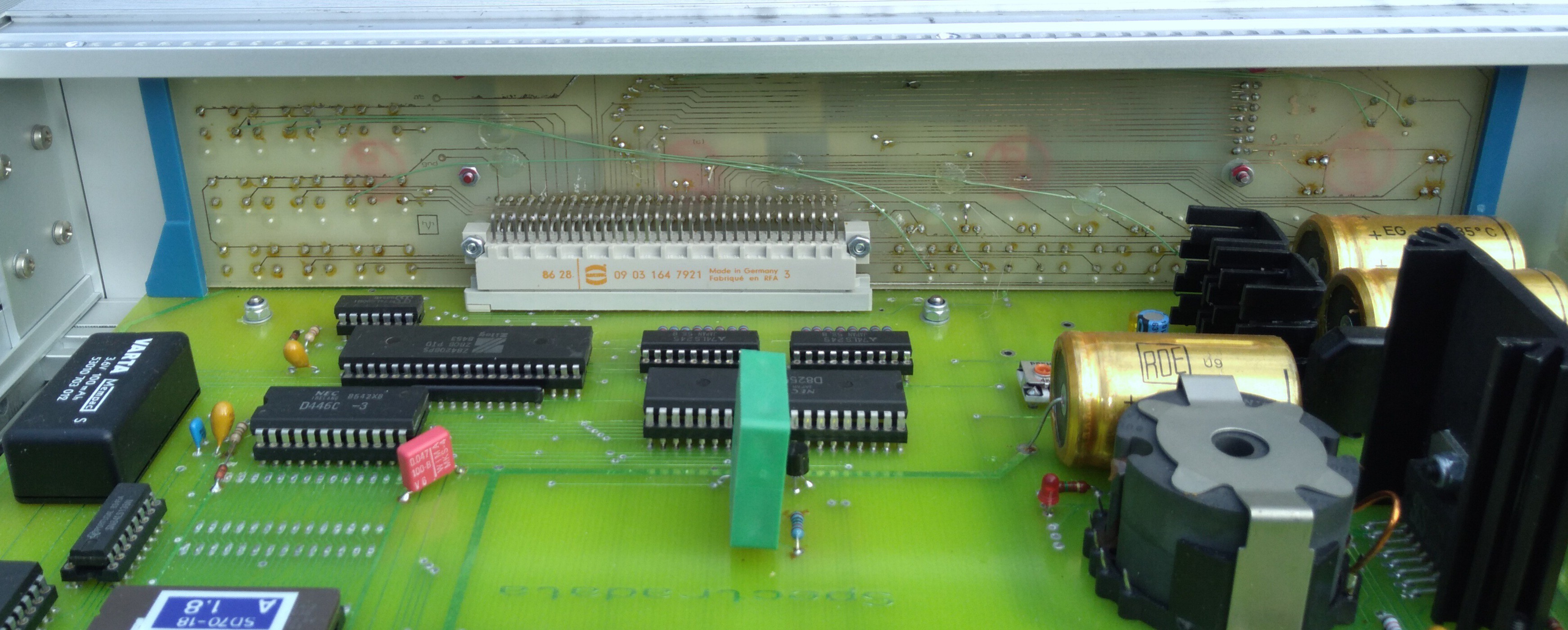
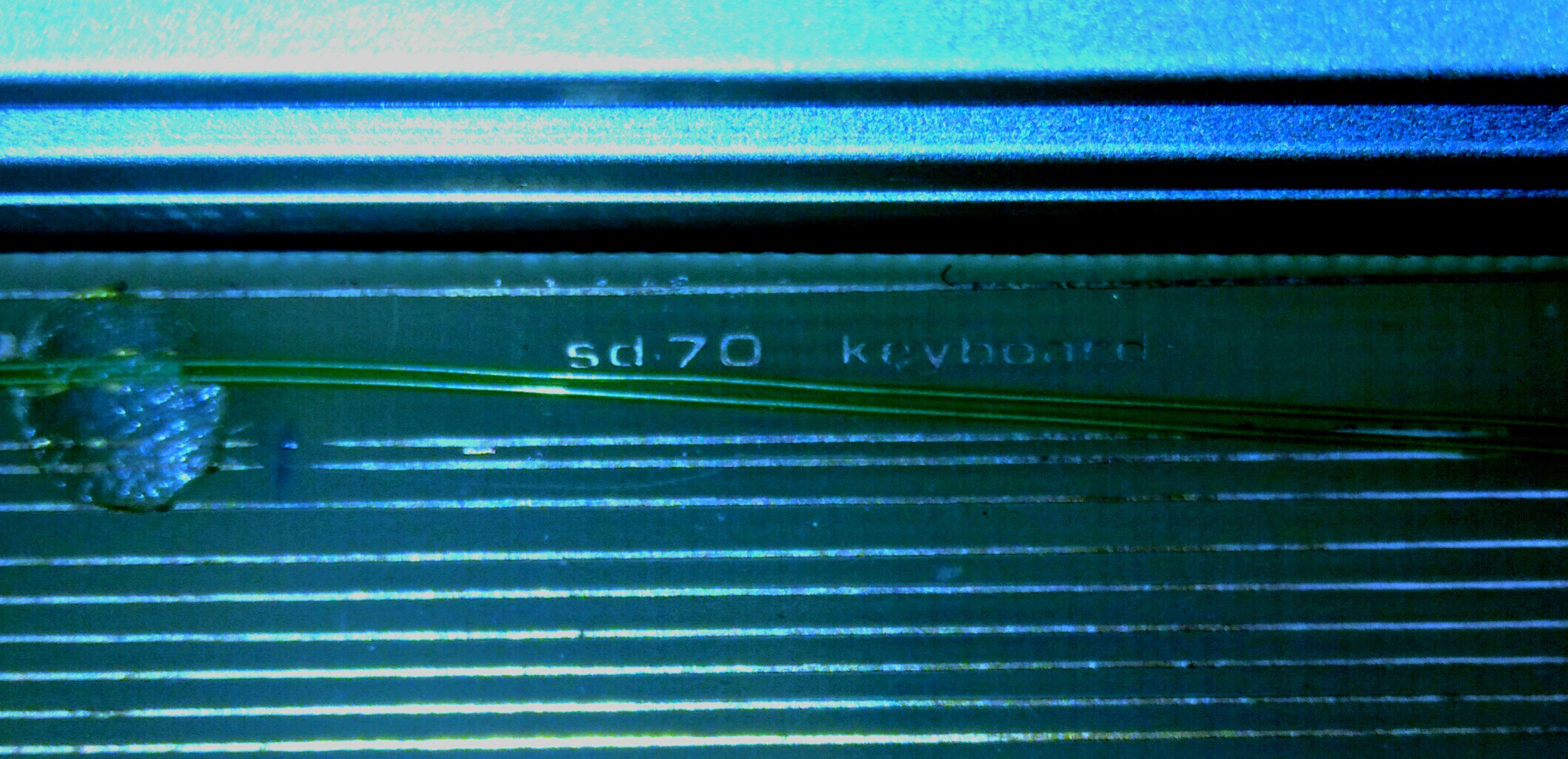
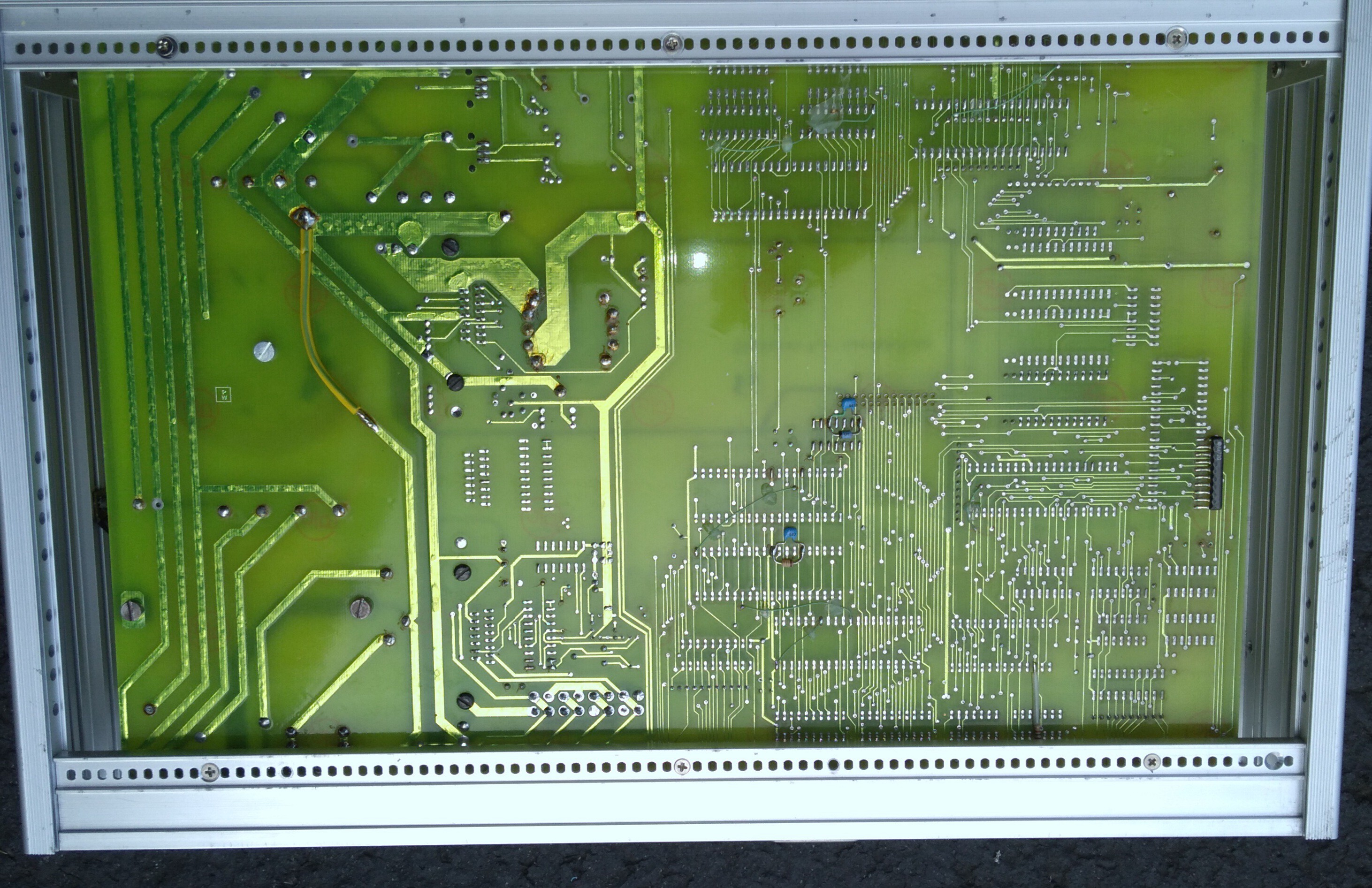
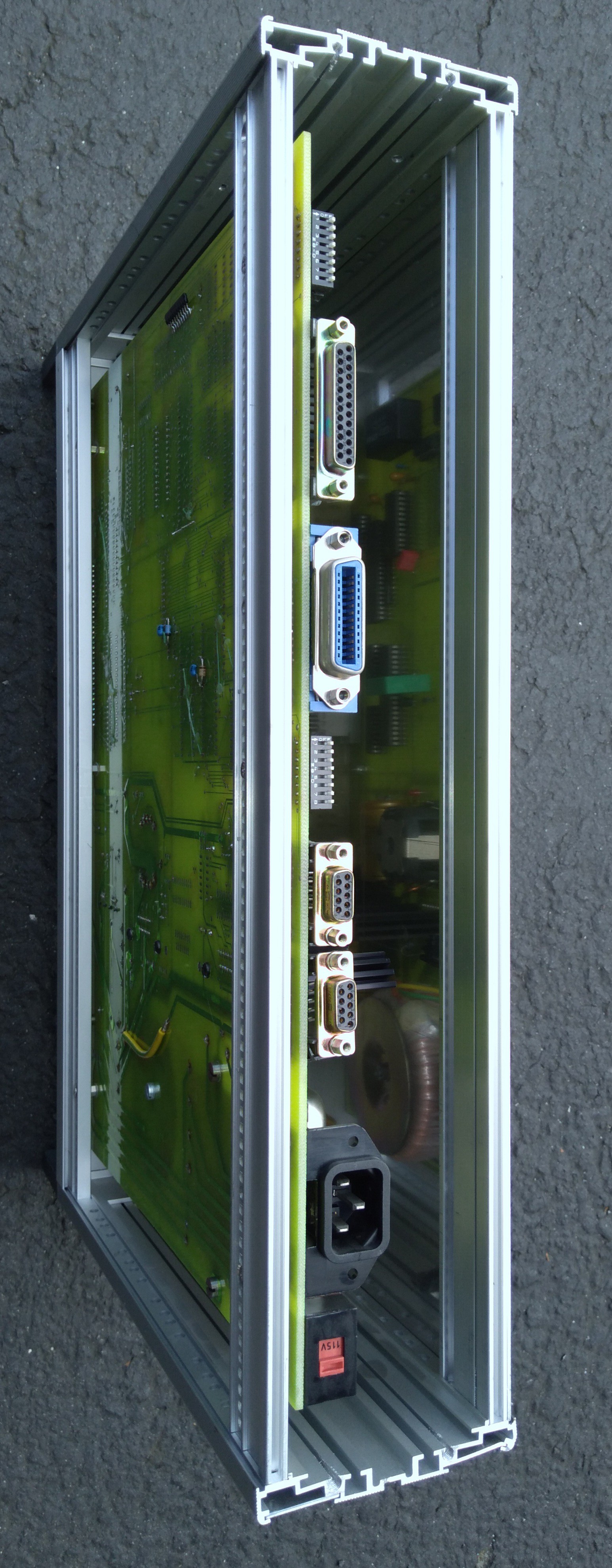
Heh, I wonder if the DIP switch manufacturer was on the "Z8-D" bandwagon:
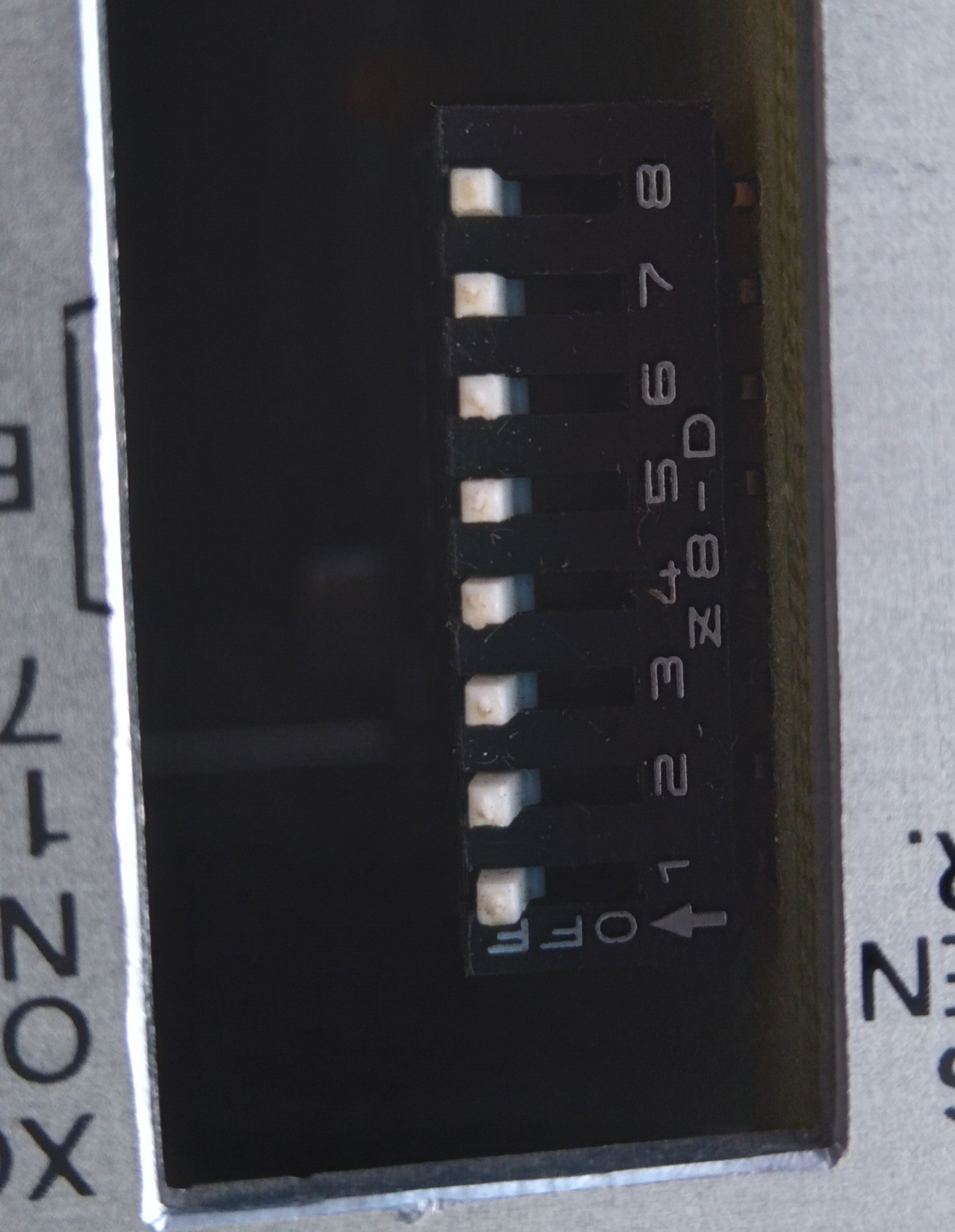
Has anyone heard of 84LS00 series TTL?
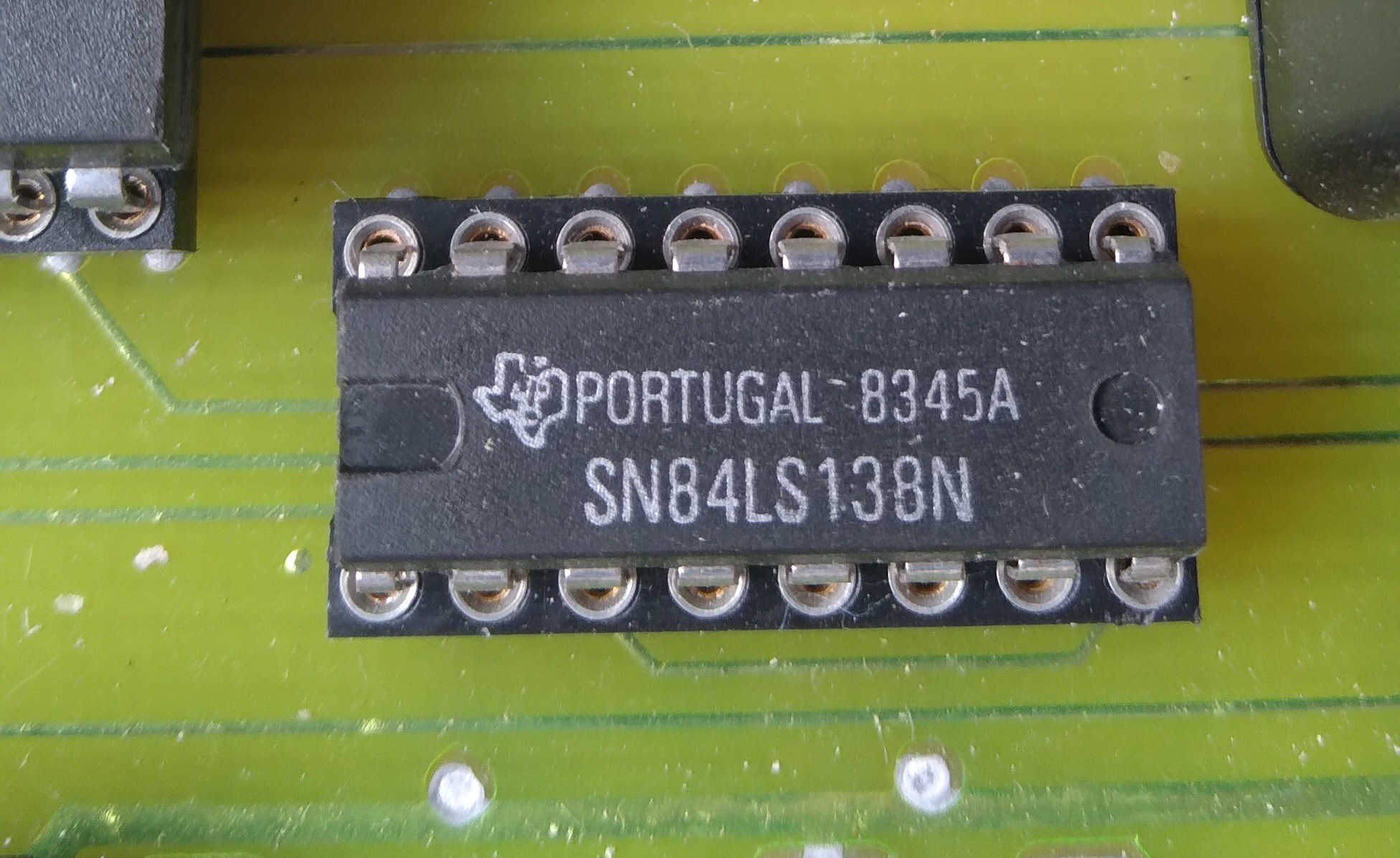
Sheesh! They must've ordered an LS138 grab bag!

Early tracking... We're much better now...
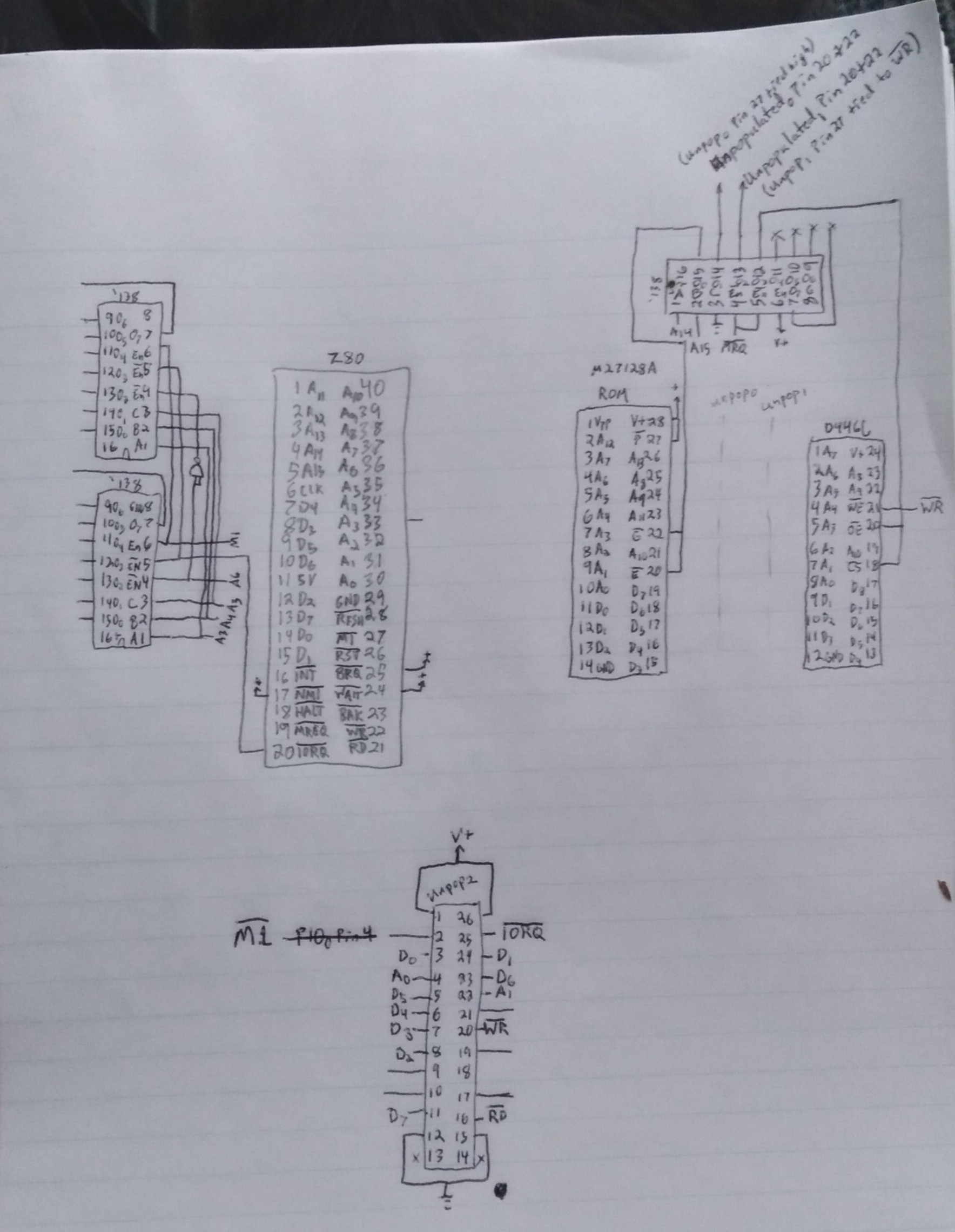
This little blurb is here because of a quirk in the editor, in case I add more photos later.
 Eric Hertz
Eric Hertz
Discussions
Become a Hackaday.io Member
Create an account to leave a comment. Already have an account? Log In.
I'm trying to figure out PIO on presumably keyboard scanning and so was studying your photo of the inside which gives me a clue about matrix.
WOW! that front panel board looks totally hand-etched! I think the kynar is to fix over-etched traces. In the upper left there are two pen marks that look like they identified spots that were eaten through, and there are a couple spots in the middle where it looks like a solder blob was used to bridge broken traces. The company logo on the right side looks over-etched.
Very mom-and-pop. (And I worked at a mom&pop, and certainly etched my own boards, but that was for internal prototypes -- I would never have shipped one of those to customers.)
:head exploding emoji:
Are you sure? yes | no
Glad you caught that, and to hear your thoughts on it... "head exploding emoji" from someone with your expertise says quite a lot!
I actually did write about it, a little bit, somewhere in the past few days, but sheesh, I have no idea where.
That writing was prompted by a discovery that the photo (and bracket) hides the copper-trace label "sd70 keyboard."
Which, I think is pretty indicative these machines were very much rare, maybe prototypes, if not one-offs...
I suppose I could do some digging, but it seems I'm more fond of hypothesizing in matters like these:
I'm very much getting the ol' "college research lab buddies start a small business" vibe from this... My buddy and I tried similar, selling one-offs with similarly weird mixes of: mostly-complete-designs which had many futures in mind, sometimes even hand-drawn-and-etched boards, point-to-point-wired breadboards, and.... sensors we knew only enough about to be building from scratch, per the client's vague instructions, and learning along the way (that was my buddy's expertise, along with the analog circuitry. I designed the data-acquisition circuit, which in that case was tightly-coupled with the control computer... I can't believe I never thought to build an extra one for myself... I probably could use it for many projects these days!).
Am thinking the "customer," in this case, might've been a research-sponsor, or even Spectradata, itself?
It's actually perty-durn-cool to think of having acquired something like that... that they even managed to stick around this long.
These two SD70's may quite literally be the only two ever in existence. And, now, I'm very curious as to whether they're even the same inside. Maybe the other one was the second version, with a more professionally-made front-panel. Or maybe this is the second, and the other is wirewrapped, heh! Or maybe they made two identical units, one for the customer and one for in-house tech-support, bugfixes, etc. Sheesh, why do I not buy it right now?
The other thought is that crazy AMD chip, which is more than half a decade older than the unit's serial number... and the oldest chip in there. Kinda seems like they were familiar with it, and had a few in a bin, so threw it in knowing this was a one-off.
Something like I did, in throwing in an AVR to do something so simple as time/sequence some relays... (when the control/DAQ had an ARM7, heh!) I guess the point, there, was so the DAQ could remain the single module it'd been in many other systems... bugfixes/upgrades to that could be easily flashed to all the units, rather than having to maintain several separate branches.
But... I suppose that logic doesn't make as much sense, here, because it's actually designed onto the main board, and controlled in the main firmware. Hmmm...
Anyhow, glad to see your response to that, heh!
(Photo added above.)
Are you sure? yes | no
I remember your having written that a couple days back and I was thinking you were talking about the main board.
You certainly find some one-of-a-kind items! Didn't the Kaypro have a wire-wrapped board for the logic analyzer part? Or some such?
Are you sure? yes | no
The Kaypro... oh, that crazy "Omni4" Kaypro...
No wire-wrapping, as I recall, but definitely bodge-wires... And the interface ribbon-cable for the logic-analyzer add-on board was VERY long, I think so it could be set on the workbench for debugging. It only needed to be about three inches, if it were a product!
Though, I sometimes have to remind myself, this was the "wild west" era of computing... I mean, bodge-wires were commonplace even on mass-produced products. And as for the long ribbon-cable, well, I mean... I suppose the owner could've done that just to make the mainboard accessible.
I don't recall exactly what-all had me convinced it might've been a prototype, maybe just the rarity of its mention. I believe there was an Omni2, which was far more common. I kinda wondered if maybe it was just the same board put in a newer Kaypro (I can never remember their numbering-scheme, nor do I even begin to grasp the differences, except I'm pretty sure you couldn't boot one machine's CP/M on another machine?) BUT, the box is definitely labelled OMNI4, in a professional paint-job... So it was quite a mind-boggler.
As I recall, you found a few oddities in its ROM that clearly made it different from whatever model kaypro it was installed in. I remember, obviously, the character set differed...
In fact, HAH! Maybe I should set that thing up and actually *use* it for, yahknow, a crazy z80 reverse-engineering endeavor! It does, in fact, have z80 instruction decoding as one of its features.
(we'll see if I need a more powerful inverter to do all this at once. The last status of the shop is that I cleared out a corner, revealing the flat tops of stacked storage totes, which now have my compy, printer, chip programmer, and the SD70 all sitting out like a desk! But, I crashed this morning ("last night") when I determined I need to figure out how to get power to it all. Heh!)
Are you sure? yes | no